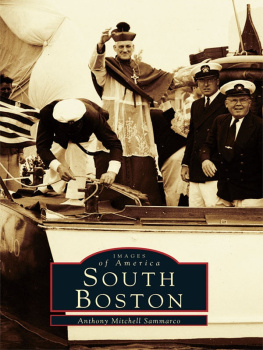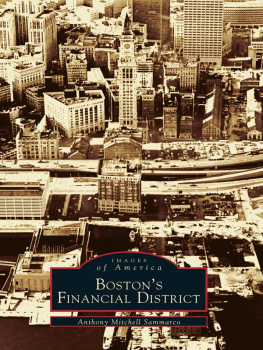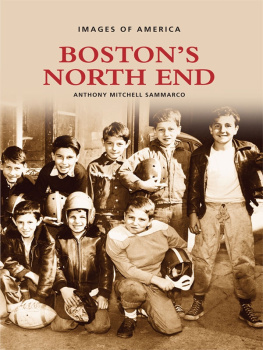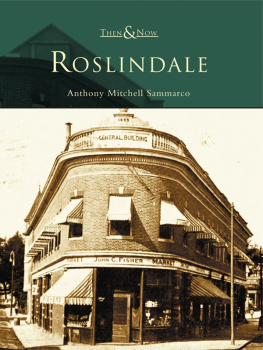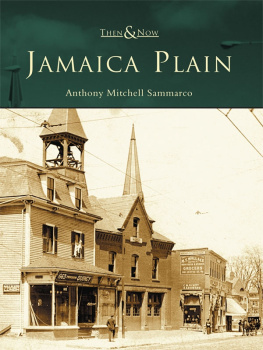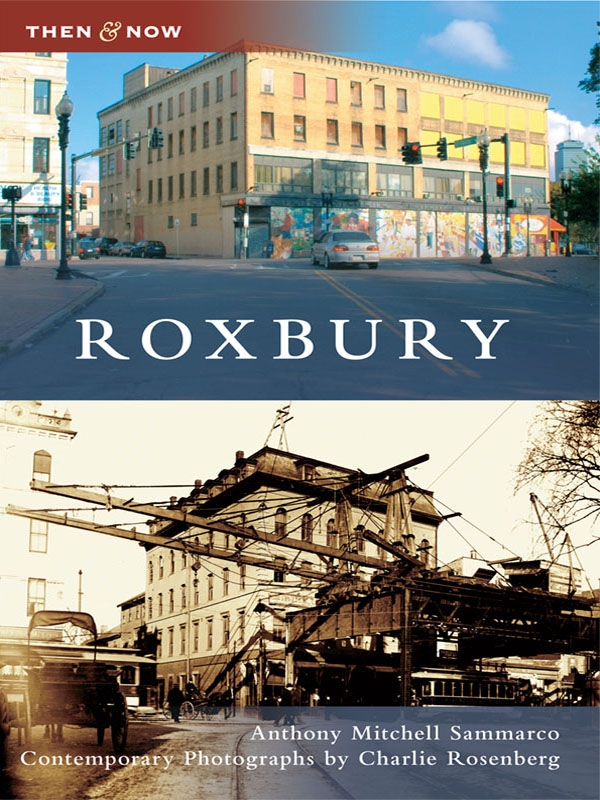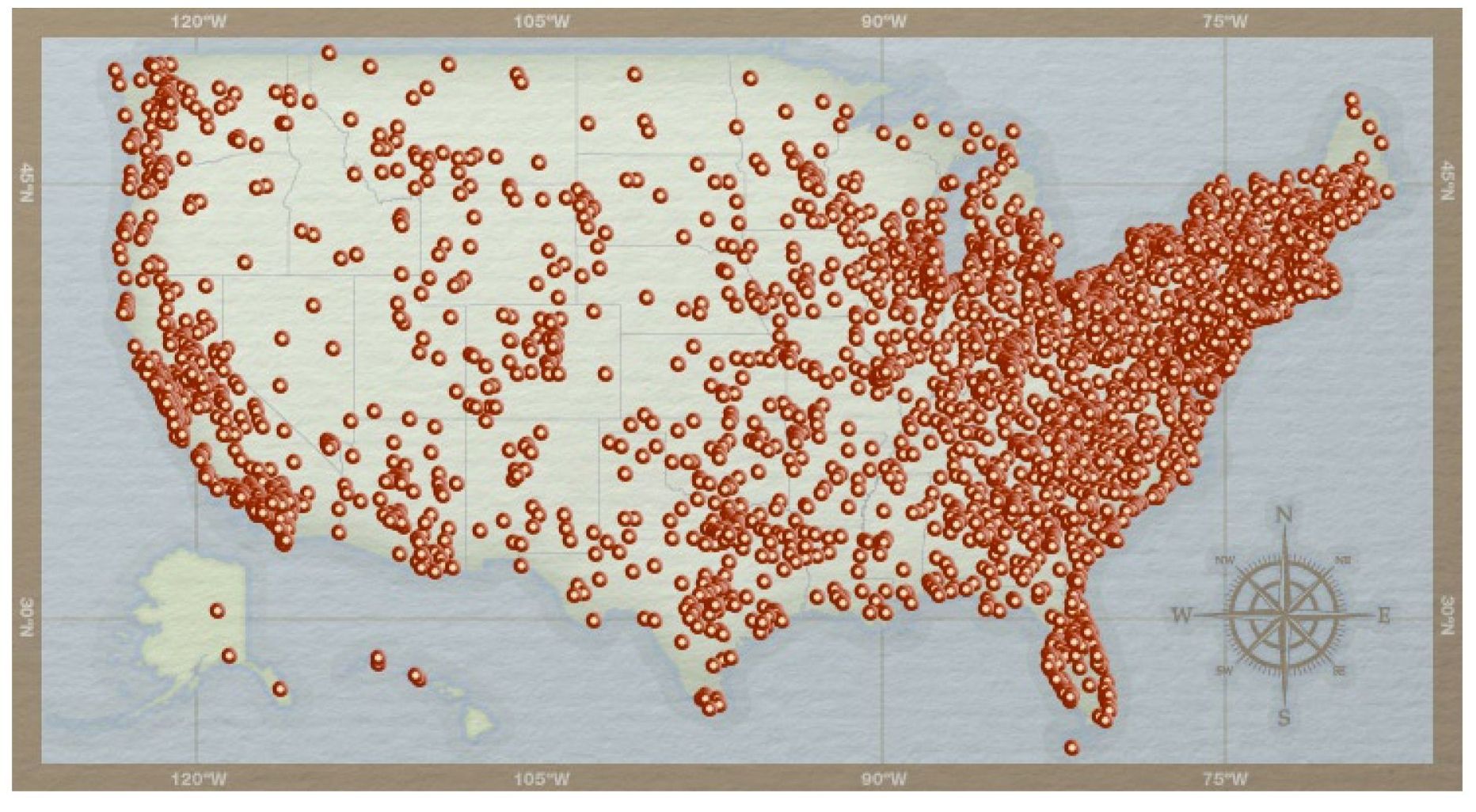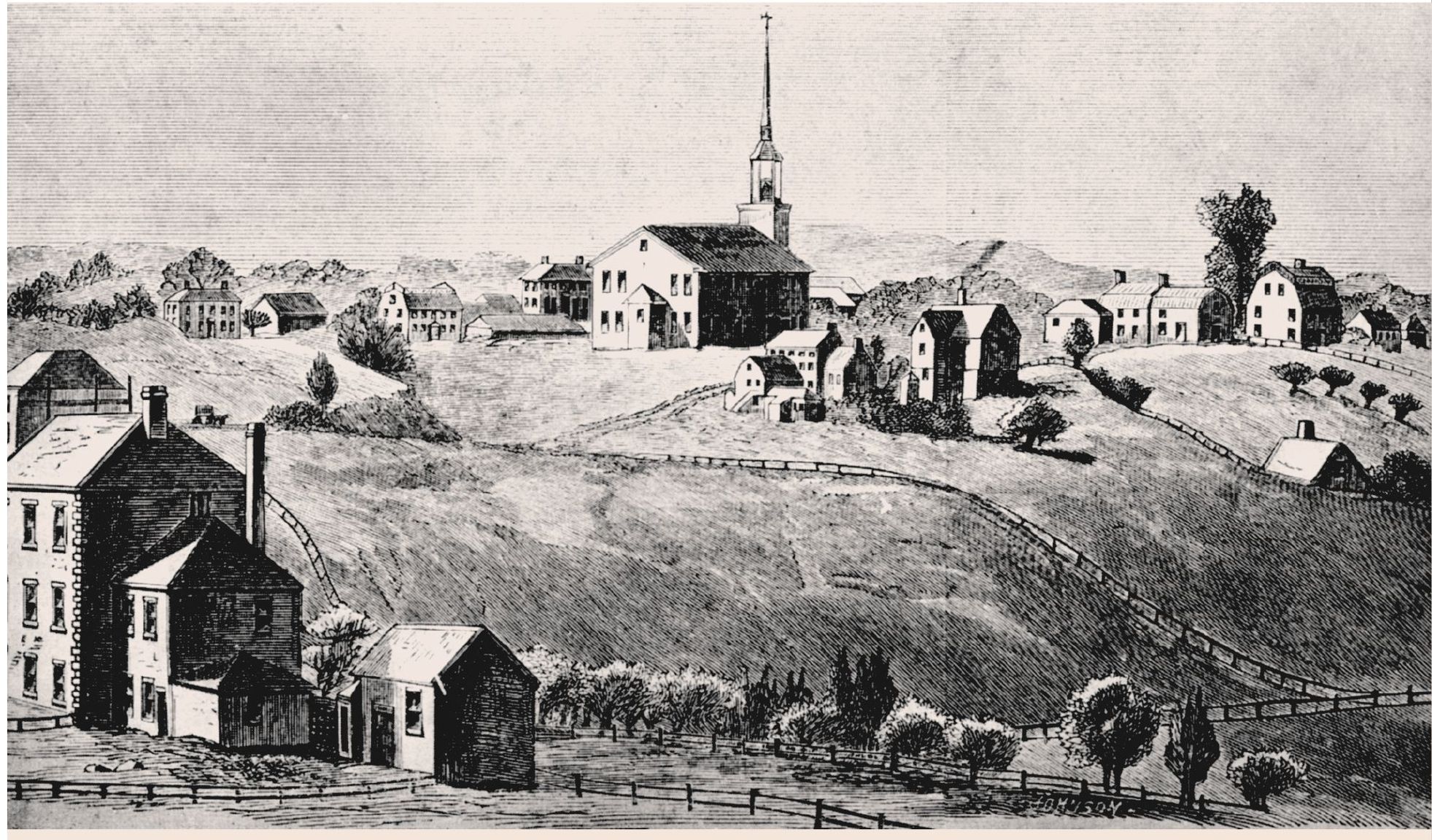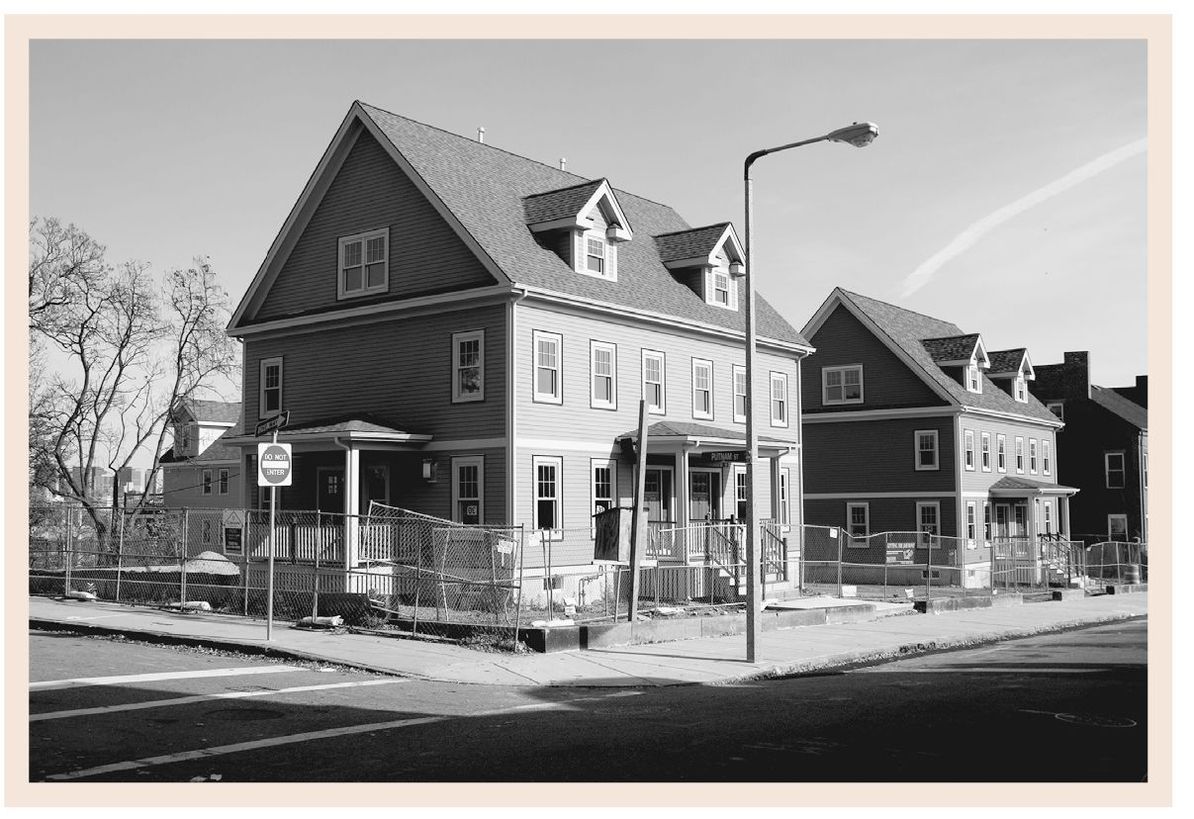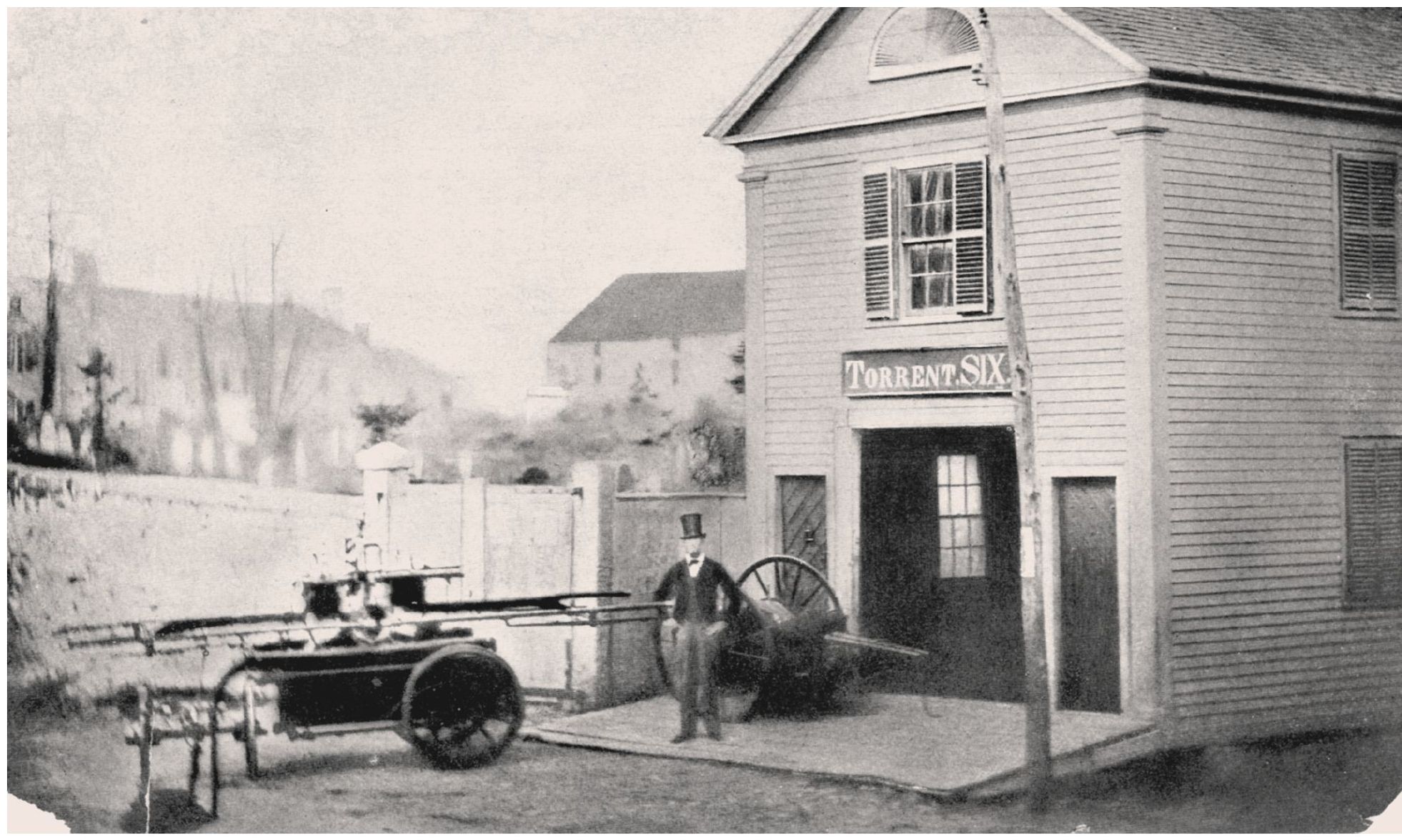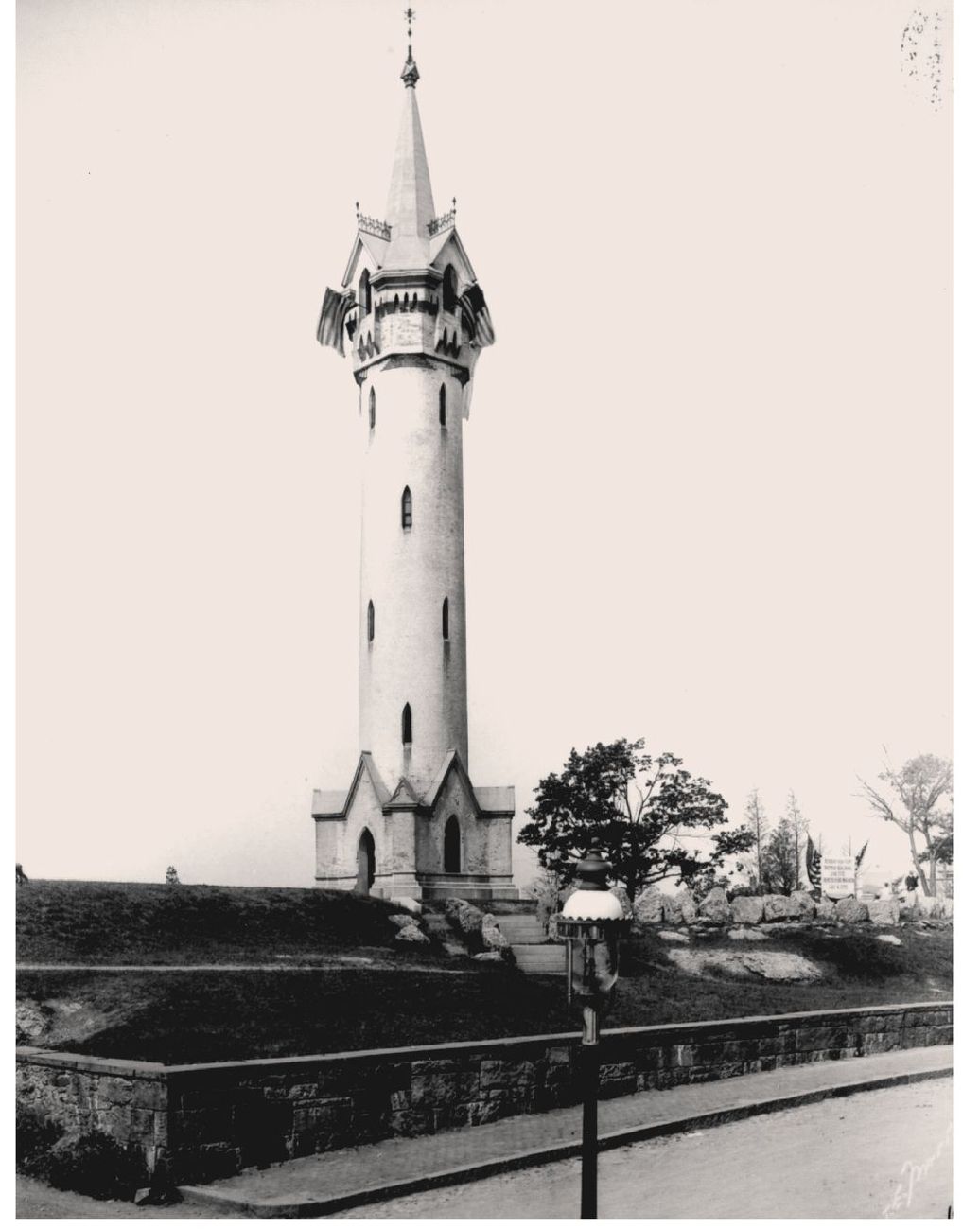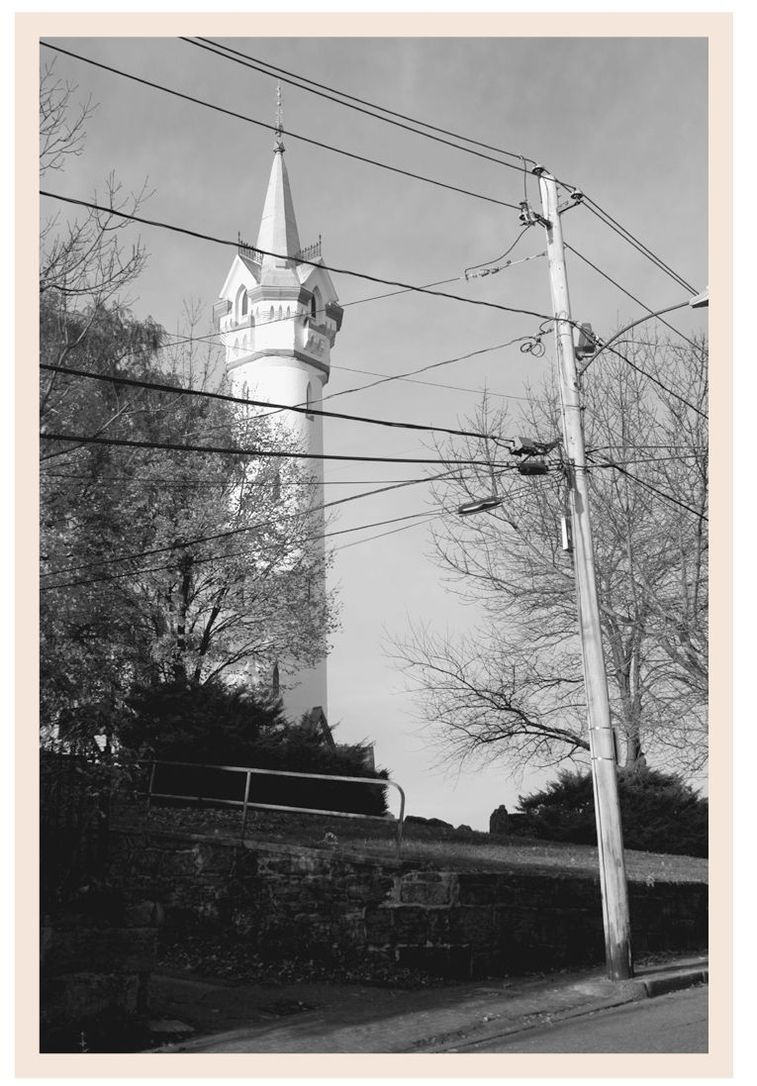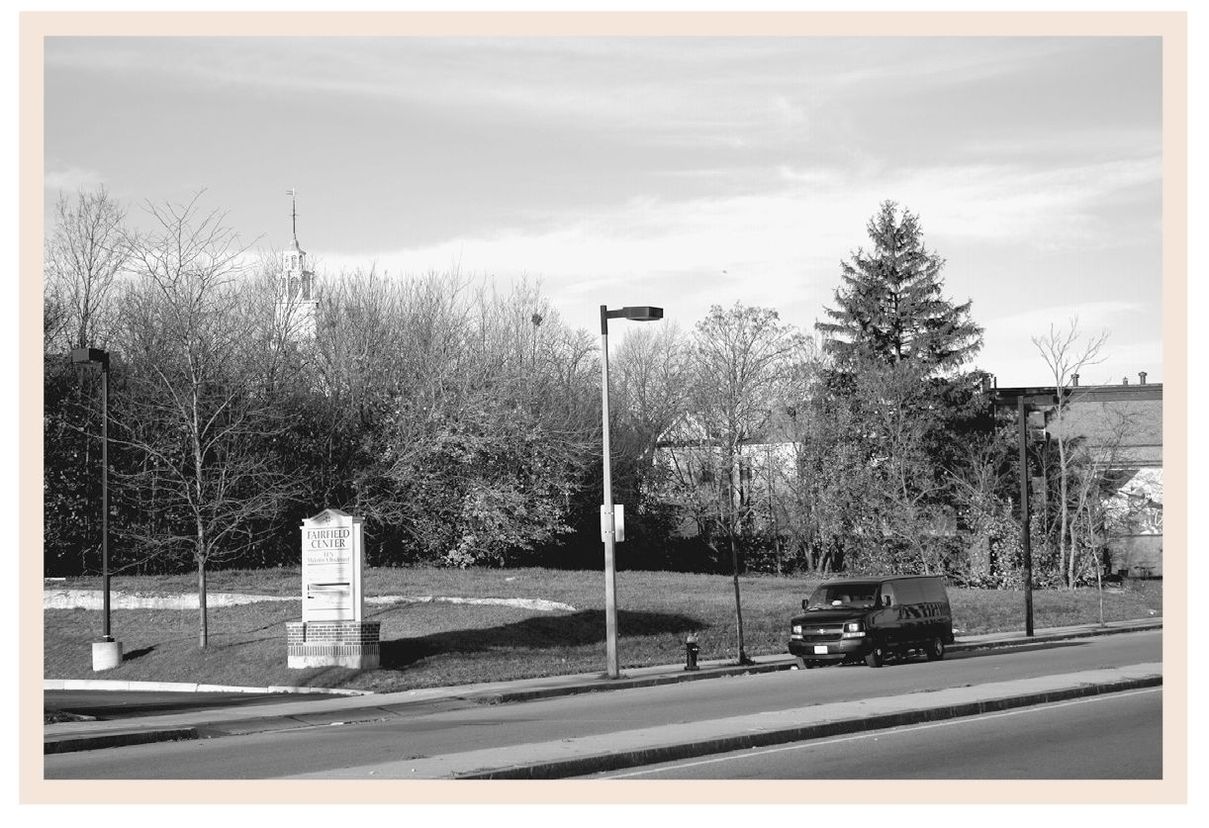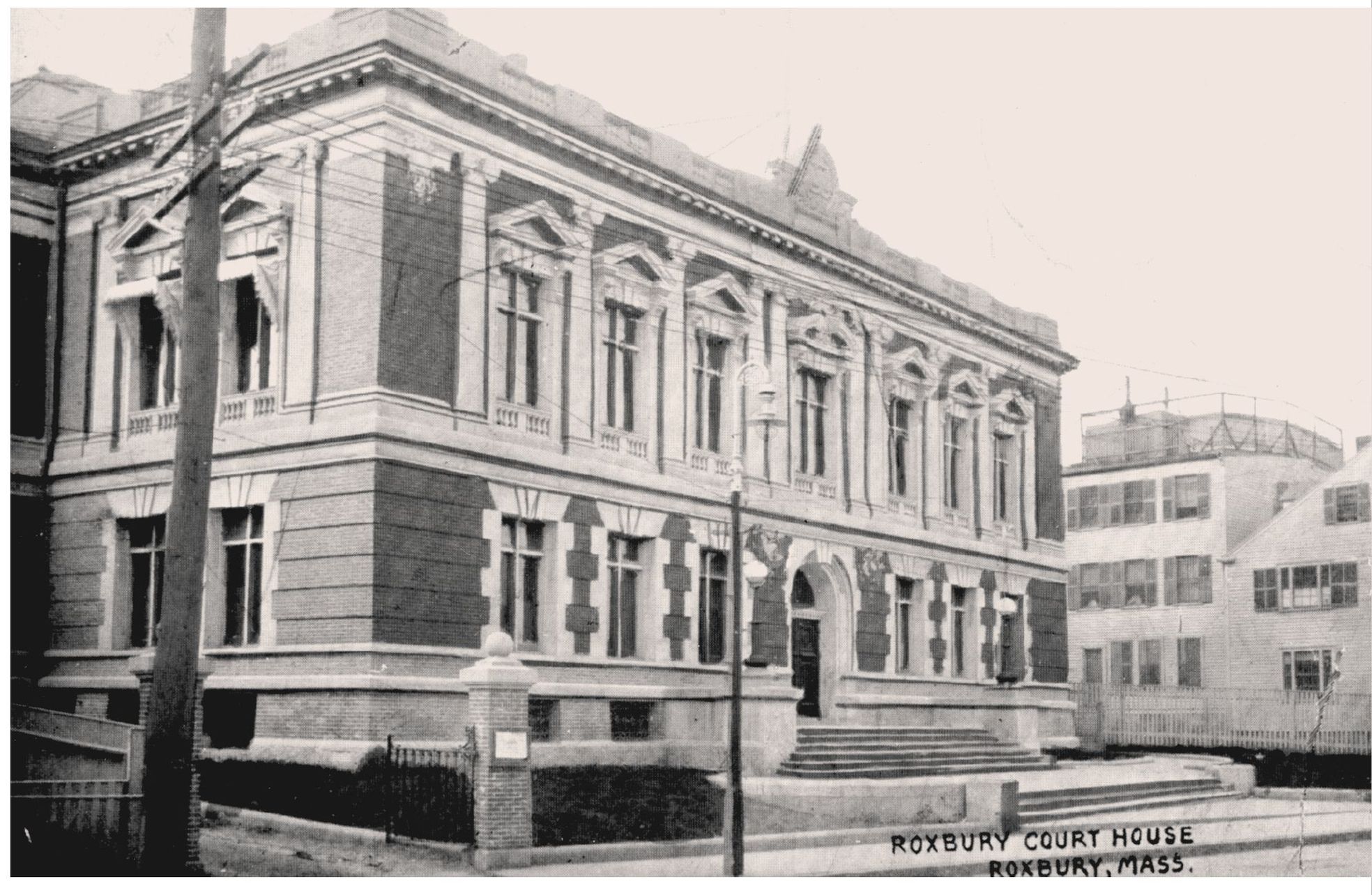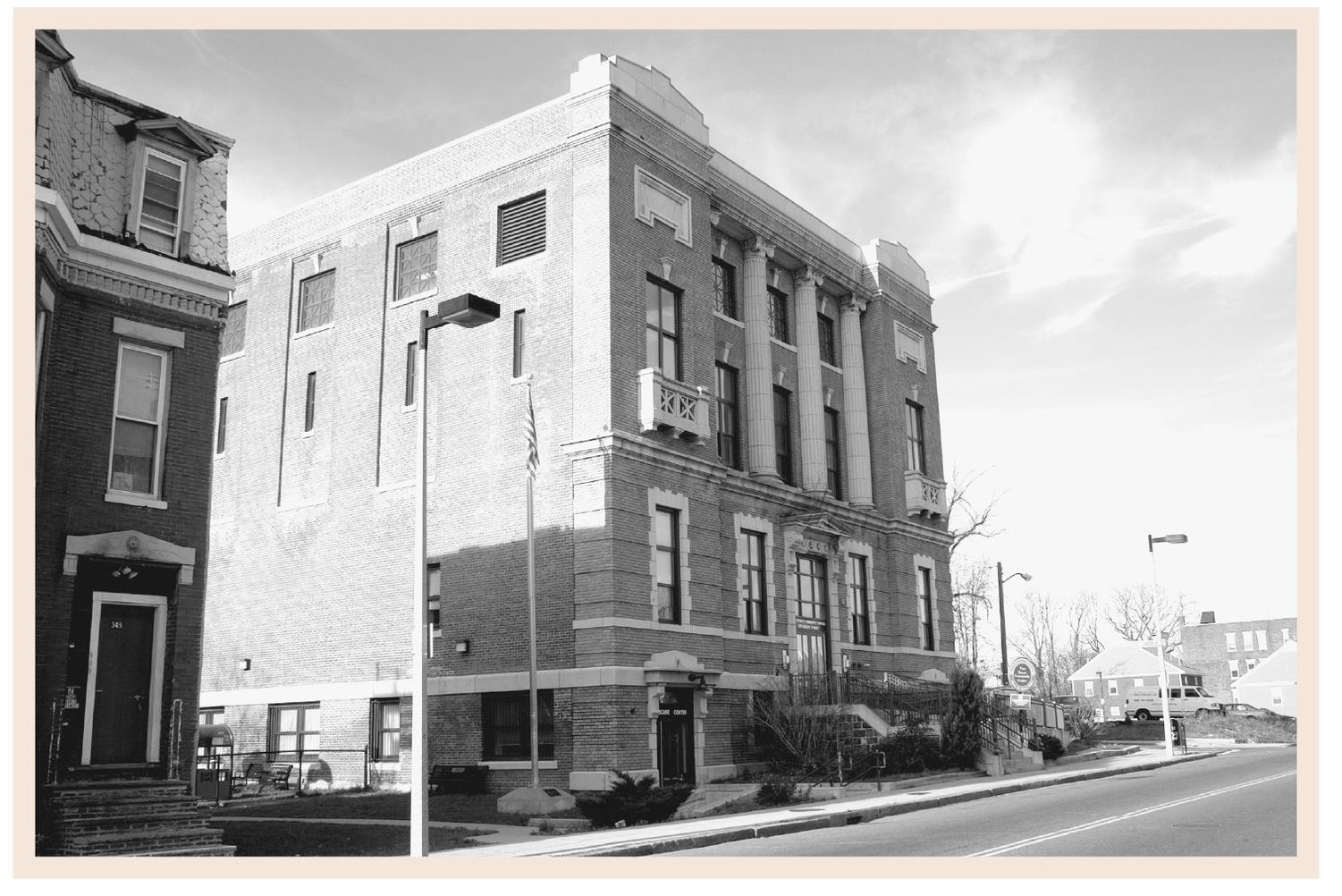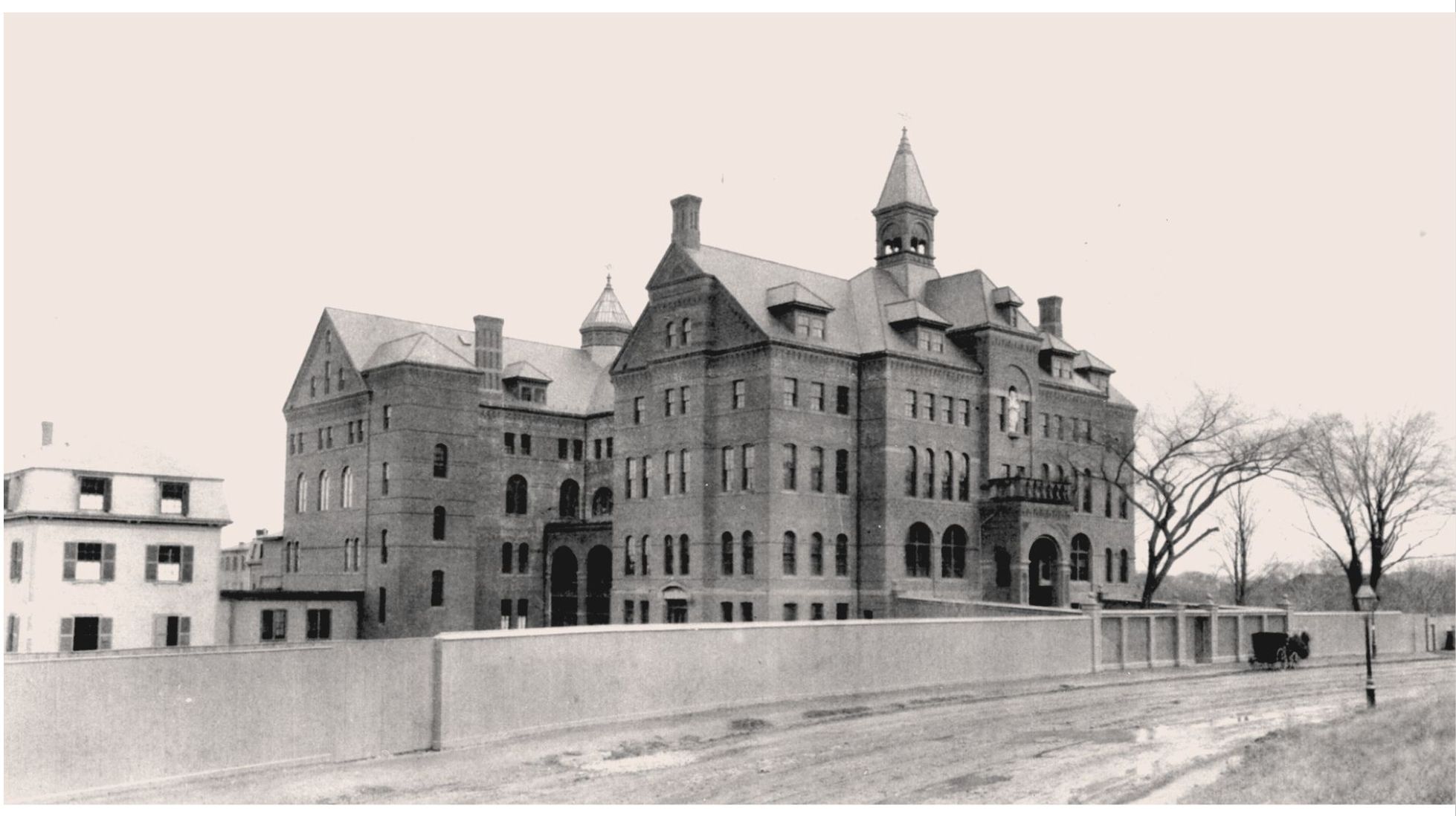ACKNOWLEDGMENTS
I would like to thank Charlie Rosenberg for his insightful Now photographs.
I would also like to thank the following for their assistance in the researching and writing of this book: Boston Public Library, Print Room, Aaron Schmidt; Judith Reed Emmons Bullock; Alice F. Casey; Joe Cedrone; William F. Clark; Elizabeth Curtiss; the late Dexter; William Dillon; Olivia Grant Dybing; eBay; the late A. Bradlee Emmons; Forest Hills Educational Trust; Helen Hannon; Historic New England, Lorna Condon, Emily Novak, and Sally Hinckle; Stephen Kharfen; James Z. Kyprianos; Paul Leo; Barbara Drake Lobrano; Robert Murphy, West Roxbury Historical Society; Frank Norton; the residents of Orchard Cove, Canton, Massachusetts; Michael M. Parise; the perceptive Fran Perkins; Anthony and Mary Mitchell Sammarco; Rosemary Sammarco; the Dudley, Egleston, and Grove Hall branches, Boston Public Library; Roxbury Latin School; Ruggles Baptist Church, Margaret Dunn; Robert Bayard Severy; Sandra Spring; Erin Stone, my editor; Archives and Special Collections, Healey Library, University of Massachusetts Boston, Elizabeth Mock; the Urban College of Boston; the Victorian Society, New England Chapter; Casi and Steven Walker, South End Photo Lab; West Roxbury Historical Society, Robert Murphy; Susan Williams; and James Preston Wysong.
A portion of the royalties from this book will benefit the Archives and Special Collections, Healey Library, University of Massachusetts Boston.
Find more books like this at
www.imagesofamerica.com
Search for your hometown history, your old
stomping grounds, and even your favorite sports team.
CHAPTER 1
ROXBURY INSTITUTIONS
Roxbury Meeting House Hill, seen in an etching from a 1790 painting by John Ritto Penniman (17821841), has been the center of Old Roxbury since it was settled in 1630. Meeting House Hill was surrounded by small farms and, although closely situated to Boston via the Neck, present day Washington Street, would remain rural well into the 19th century, after which farms were subdivided for estates and industry. (Authors collection.)
Roxbury Town Hall was designed by noted architect Asher Benjamin (17731845) and built in 1811 at the corner of Dudley and Putnam Streets. A two-story Federal building with an elegant belfry surmounting the facade pediment, it was to replace the meeting house for town affairs after the separation of church and state, and it later served as city hall. The second floor was used by the Norfolk Guards as their armory. After Roxbury was annexed to the City of Boston in 1867, the former town-city hall was demolished in 1873 and the Dudley Grammar School was built on the site. Today attractive wood-frame houses are being built on the site. (Authors collection.)
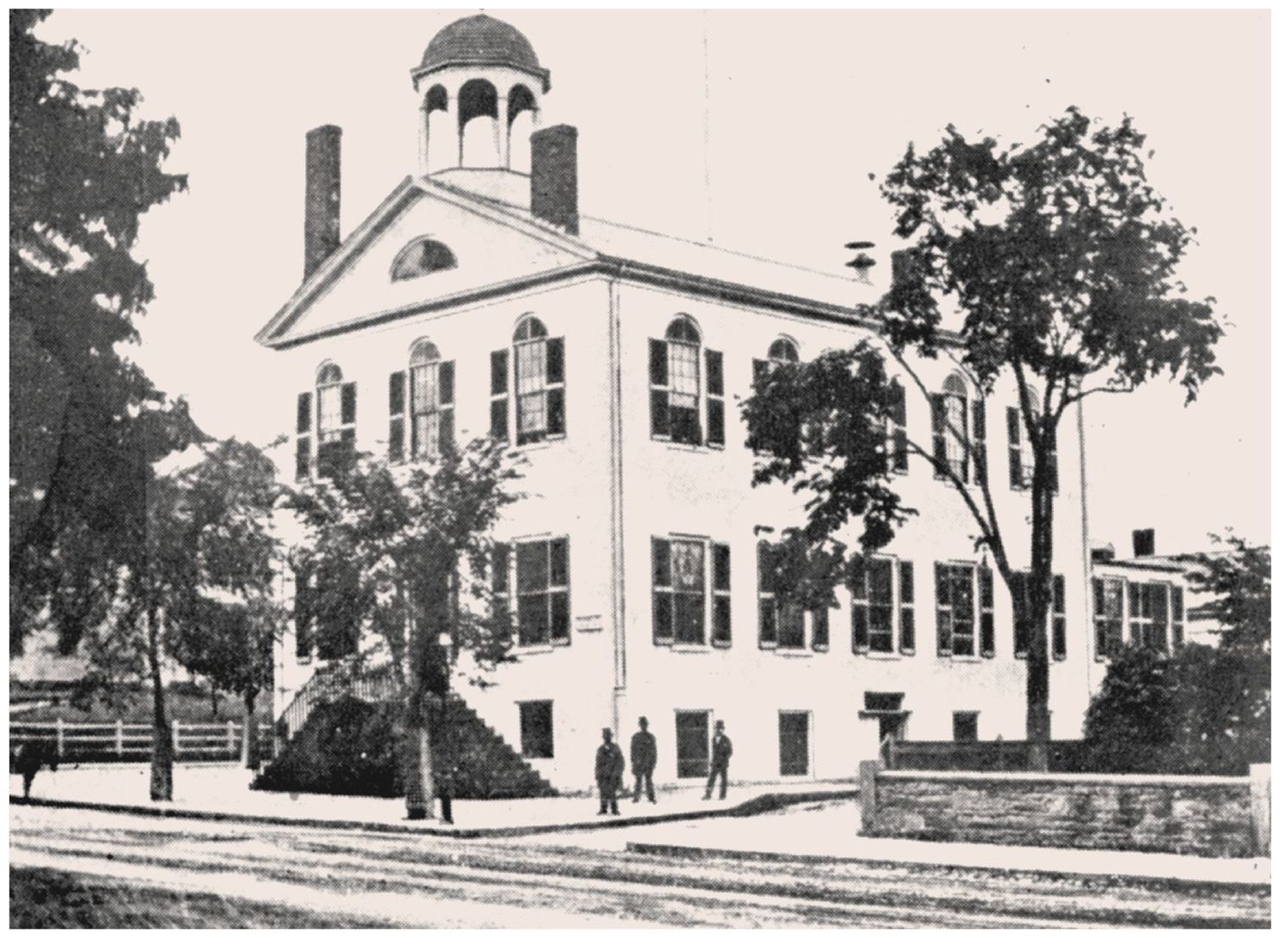
Torrent Six was a small wood-framed Greek Revival engine house built in 1829 and located at 20 Eustis Street, adjacent to the Eustis Street Burial Ground seen on the left. Standing by the hand-pump, horse-drawn fire engine in front is William Cooper Hunneman (17691856), a brass founder and member of the family that produced steam and chemical fire engines in mid-19th-century Roxbury. Today there is an abandoned redbrick and granite-trim Italianate fire station on the site, built in 1859 and designed by architect John Roulestone Hall. (Authors collection.)
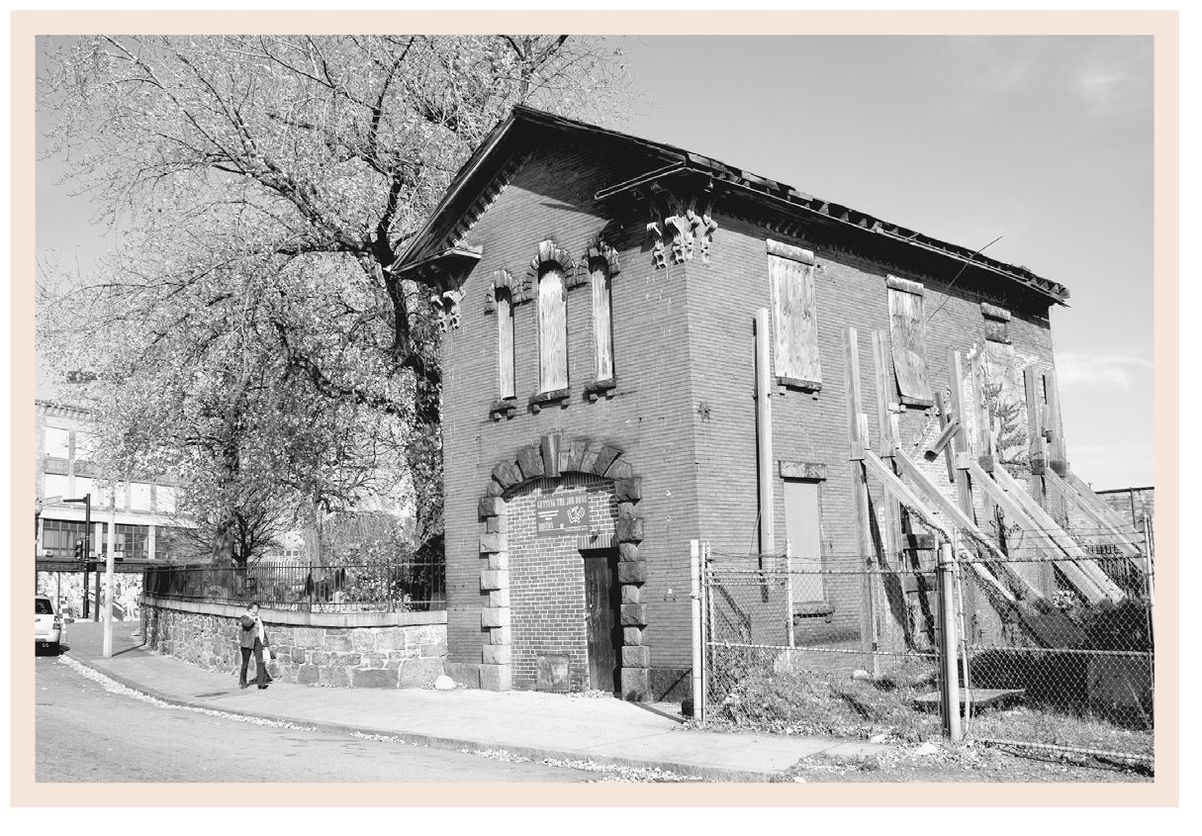
The Cochituate Stand Pipe was designed by Nathaniel J. Bradlee (18291888) and built in 1869 on Fort Hill to store water and pump it to houses in Roxbury. Built on the site of the Roxbury High Fort, a prominent Revolutionary War eminence, it can still be seen from miles around due to its lofty prominence. In 1895, Olmstead Associates was commissioned by the City of Boston to design the surrounding park and stonewall embankment, and in 1906, the tower was converted to an observatory when Roxbury was connected to city water. (Courtesy of Boston Public Library.)
The Roxbury Court House was at 90 Roxbury Street near Dudley Square. An impressive buff brick and limestone Georgian Revival structure with a rusticated first floor supporting a pediment and Ionic pilastered facade, it would later be replaced by a modern edifice at 10 Malcolm X Boulevard, which is a gateway from Dudley Square to Roxbury Crossing. (Courtesy of Historic New England.)
The Roxbury Municipal Building was built at the corner of Dudley Street and Mount Pleasant Avenue. At the beginning of the 20th century, the City of Boston began an expansion of city offices for the neighborhoods, building municipal offices throughout the annexed towns. This redbrick and limestone municipal building is an elegant, classical revival structure that included office space, a gymnasium, and a meeting hall for concerned residents. Today this is the Vine Street Community Center. (Courtesy of Boston Public Library.)
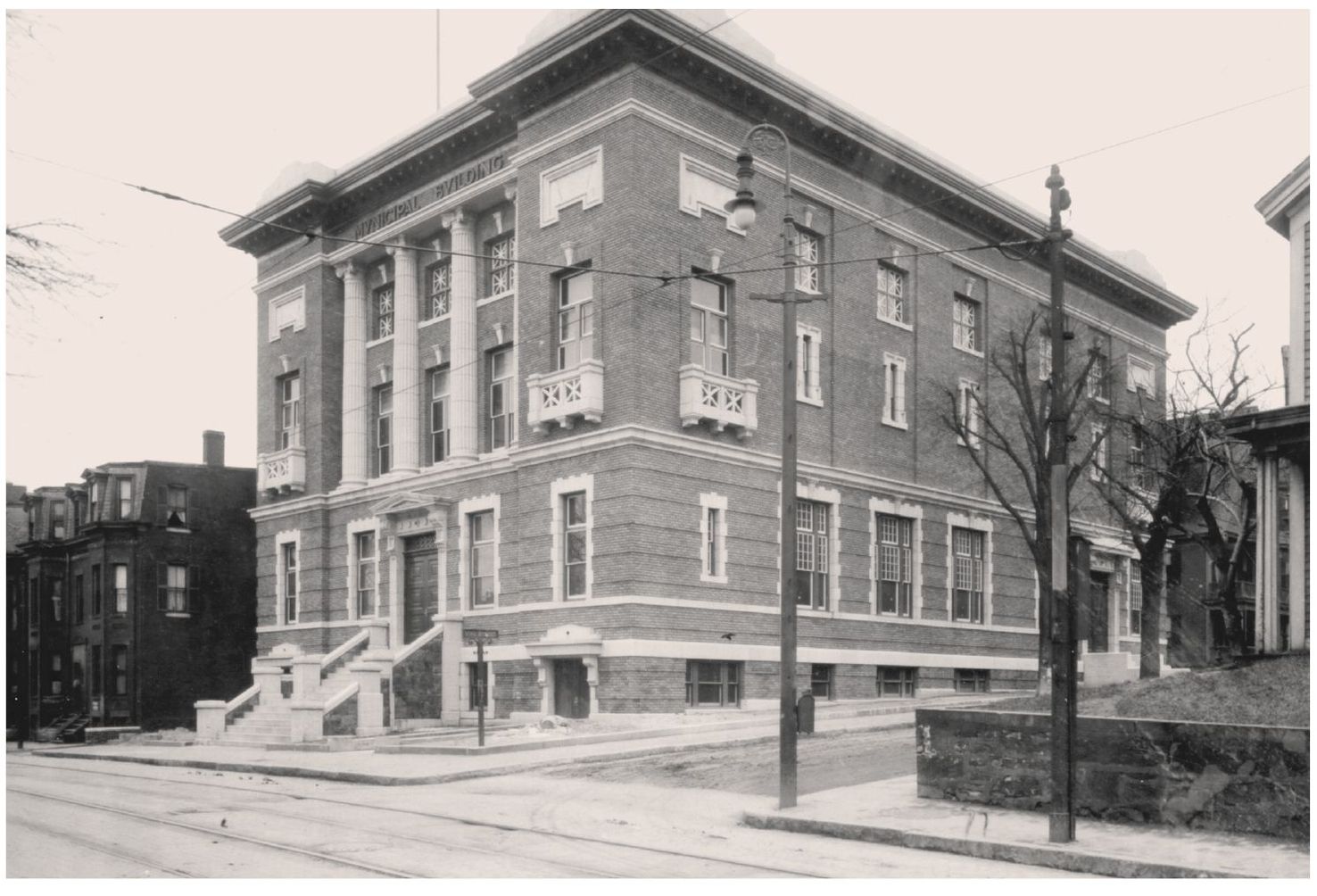
The House of the Good Shepard was established in 1867 and was located at 841 Huntington Avenue, opposite Parker Hill Avenue. Founded by Bishop Williams of Boston, its object was to provide a refuge for the reformation of fallen women and girls. Managed by the Sisters of the Good Shepard, it had provision for 150 girls and women, of all creeds and denominations, with shelter, food and employment, instruction in religion, good morals, and reading and writing being offered. Today the property has been developed with mixed high-rise and townhouse housing for Harvard University, and a portion of the gates still survives. (Courtesy of Historic New England.)



